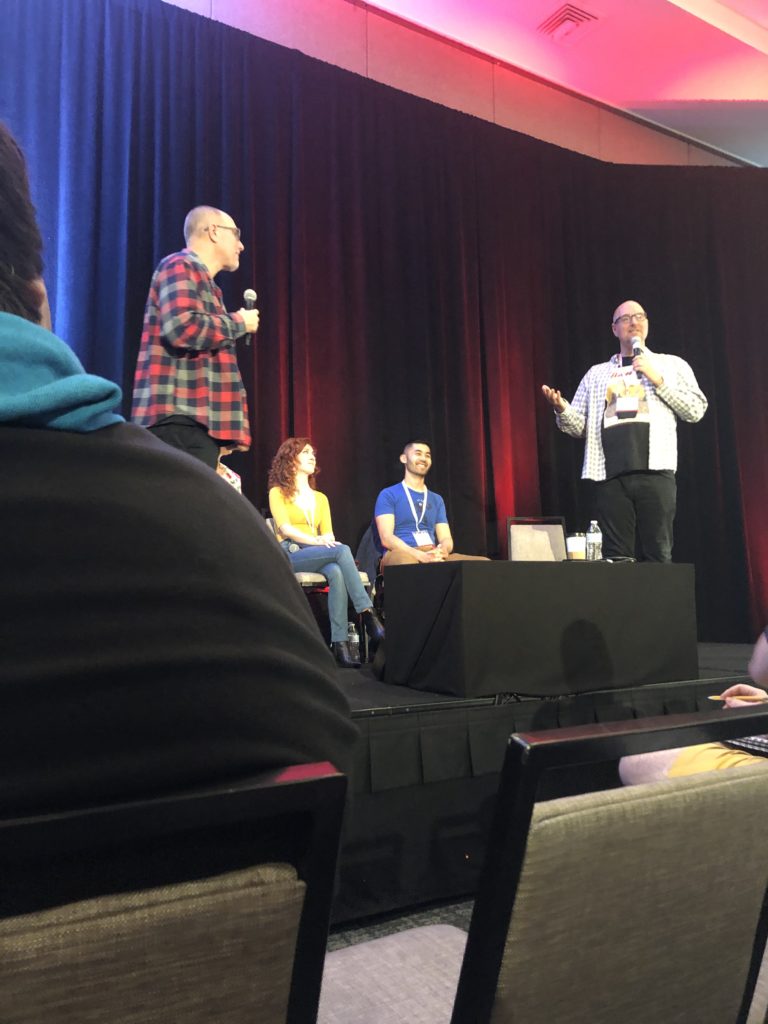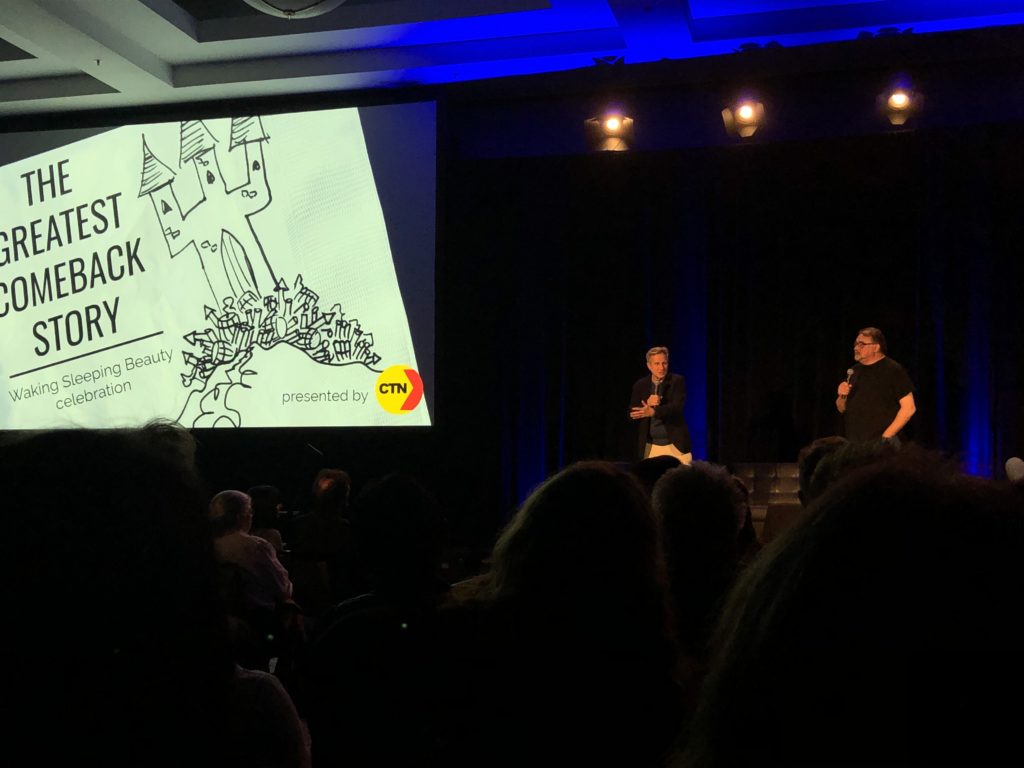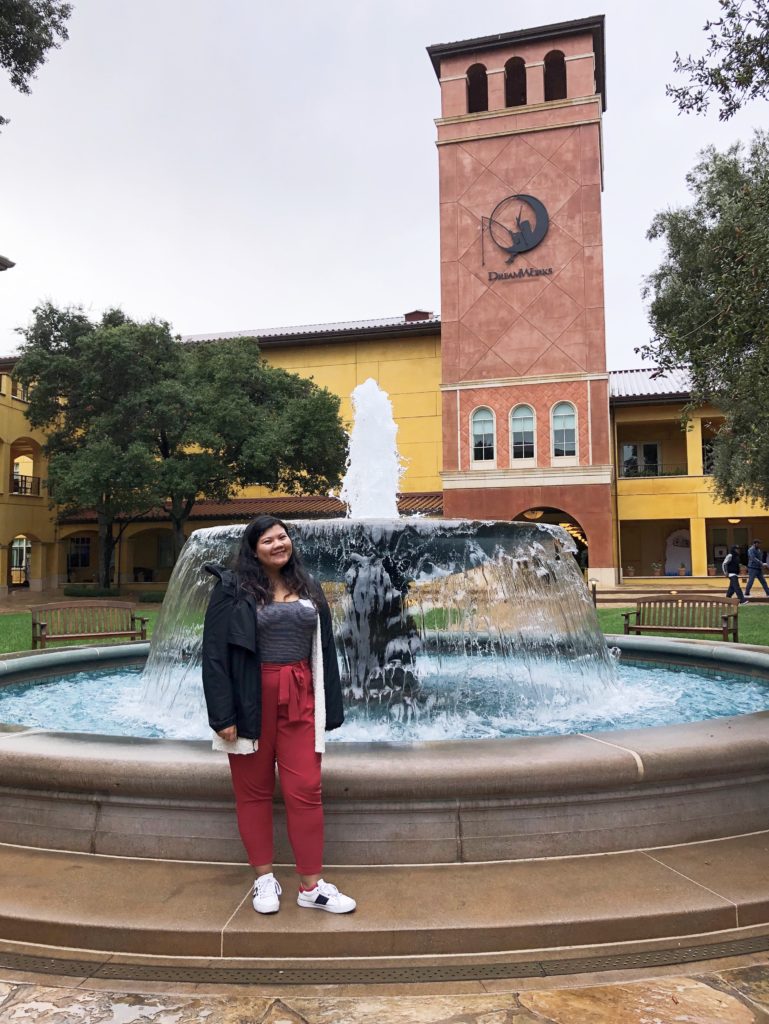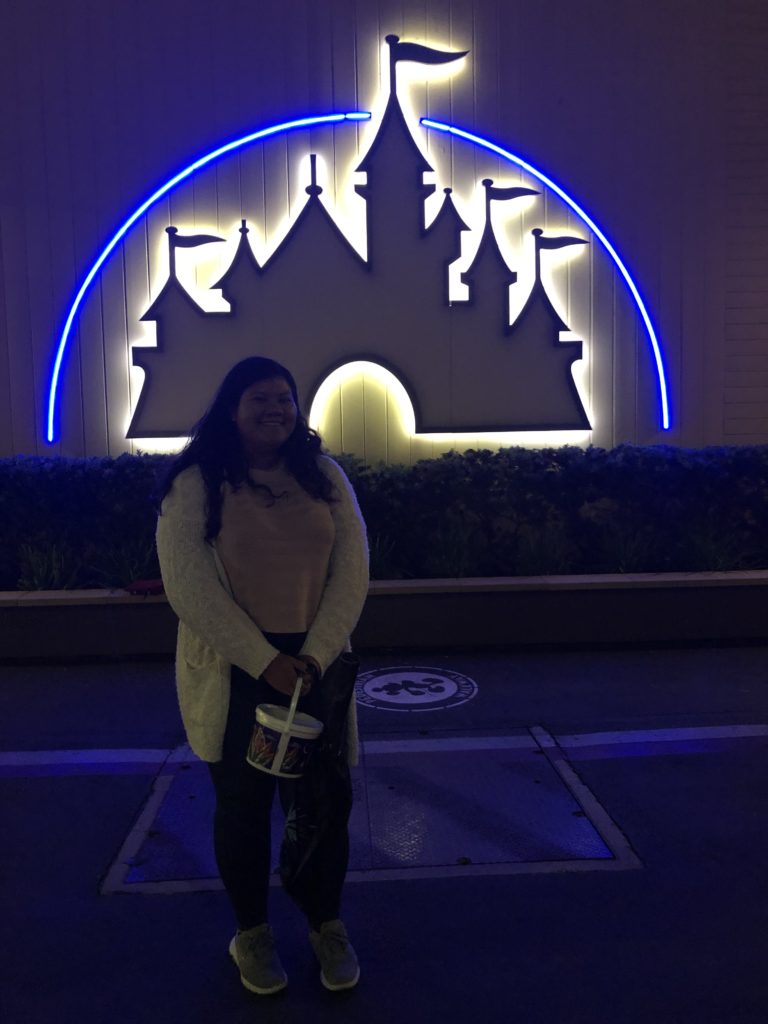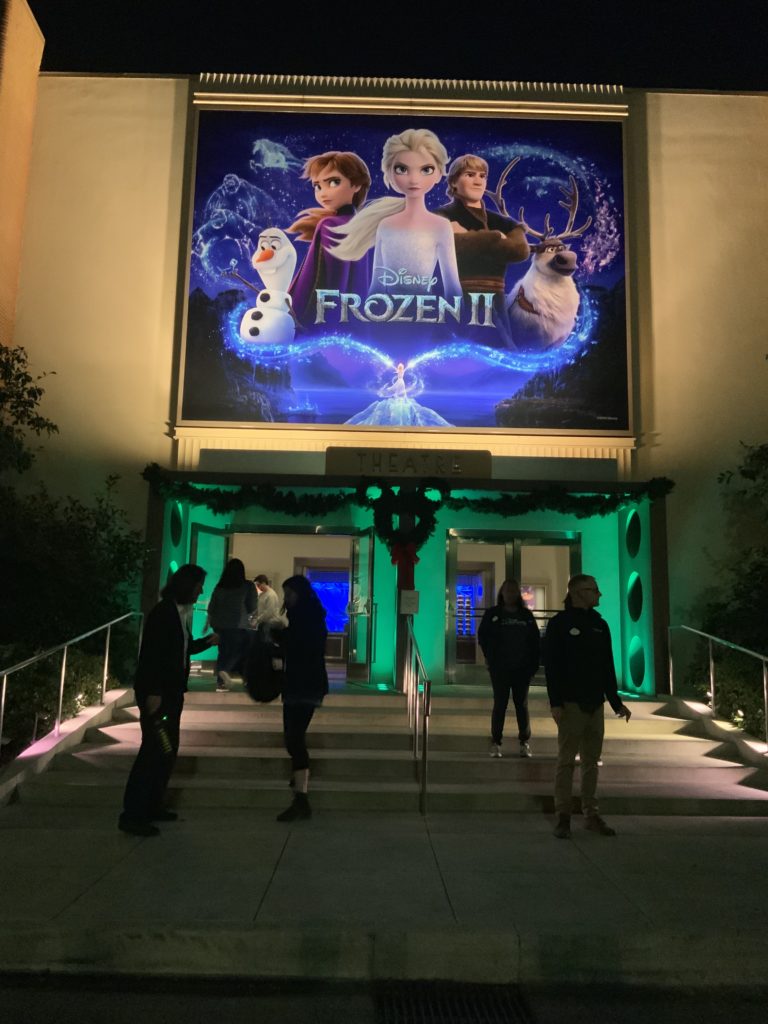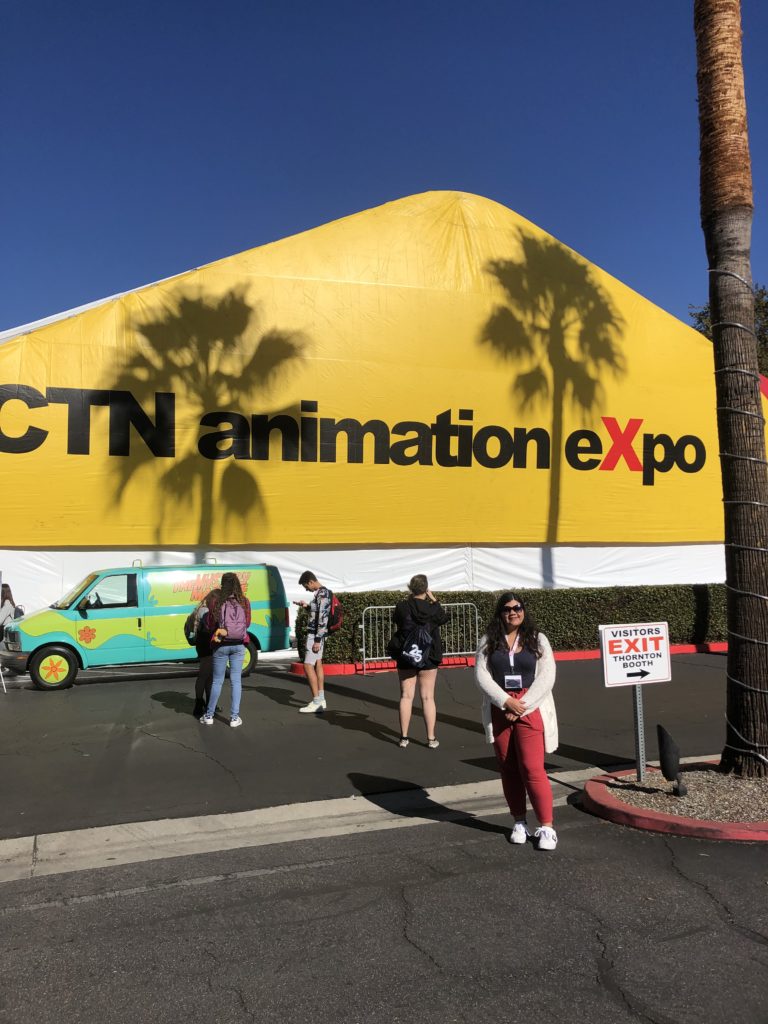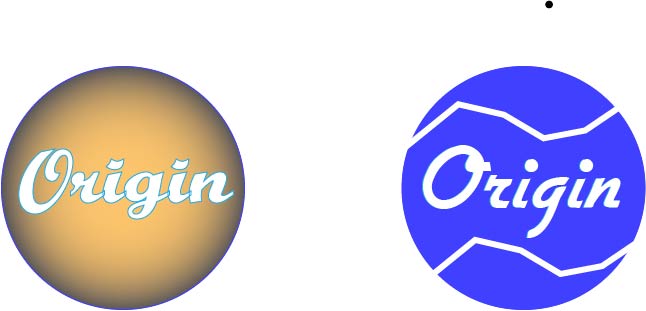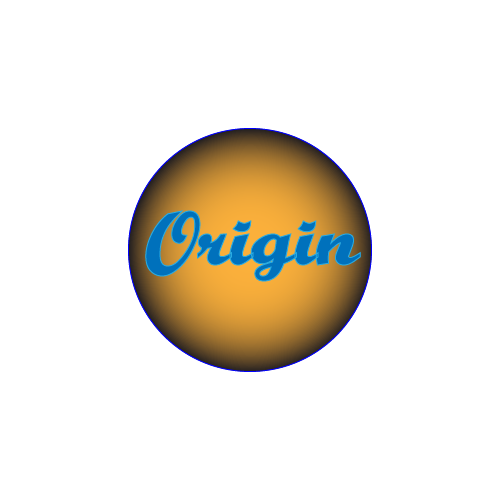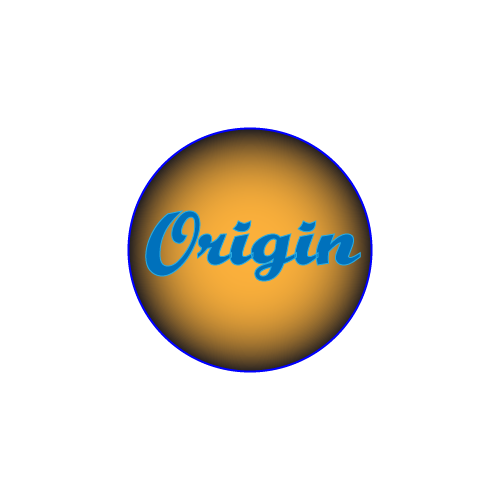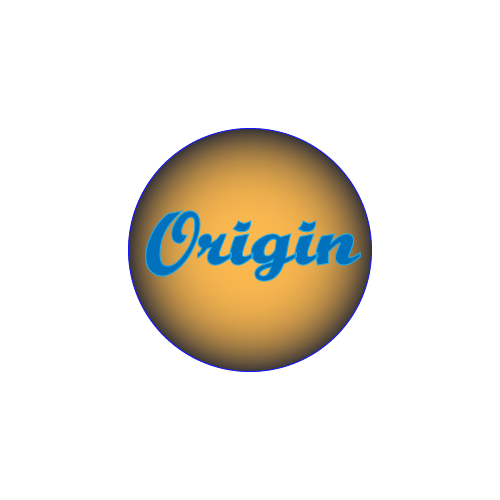~Protype feedback~
This week I tested some interview questions, and overall it was not too bad.
What people mostly gave was that my questions need to be a little more focused rather than broad. I was hoping that the questions I created were going to be both broad but focused (if that was even possible). Sadly tho, this was not the case.
Besides that actual questions, the answers that I received were interesting. As the interview when on, people started to realize how annoyed they were getting from just navigating a website. When this started to happen, a light bulb could be seen going off and it made me realize that what I was reading it was true.
Therefore, I need to have a balance of both focused and broad questions to make sure I get the best possible data from people in the future!
~elevator pitch~
Hidden navigation is becoming outdated and hurting the experience of the user. When the navigation is hidden from the user, it brings down the discoverability of the site, e.g. it takes users longer to find information within the site, and the overall metrics, e.g. less time on the page means less money from ads and etc. #BreaktheBurger is my thesis show how badly this element of design is and showing how navigation could look in the future.
Current Pitch
Above is the pitch I tested on people last class, and people had mixed reviews.
Pros:
– under a minute
– easy to understand
Cons:
– no mention of mobile
– longer parts are dry
– hashtag never said before
